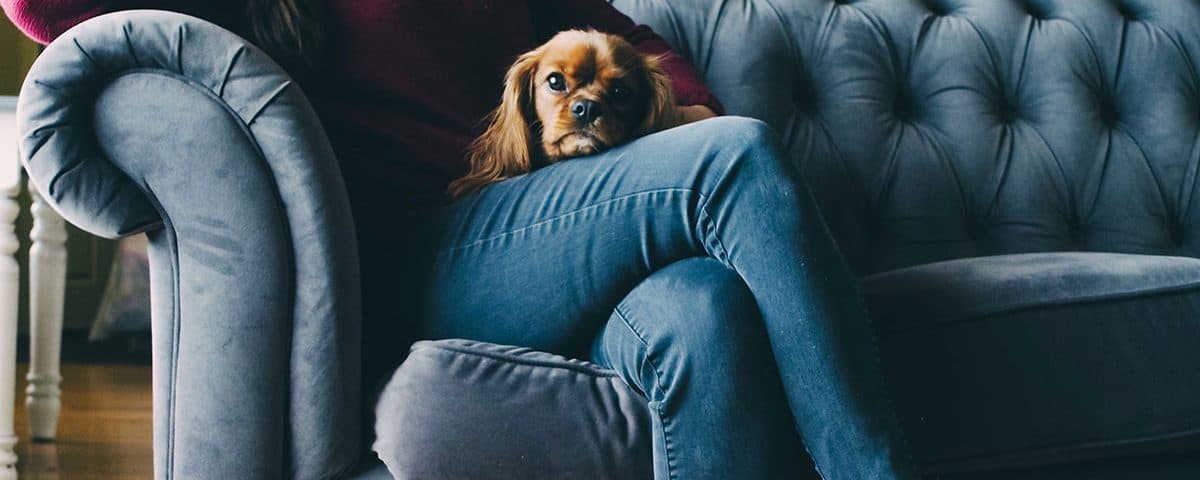Having to store furniture, whether it’s unwanted or unused, is something we will do at some point in our lives. Spare sofas, too large tables and disused wardrobes. If there’s not enough room in your house, the storage unit is the next logical choice.
Whatever your reasons for storing furniture, it’s incredibly important that you store furniture pieces properly. If you don’t do some proper prep, don’t be surprised when they come out looking more like kindling than a usable piece of furniture.
In this blog, I’m going to discuss how to best prepare, pack and store your furniture so pieces come out of your unit looking as good as they did when they went in.
Clean, clean, clean
Pieces of furniture are designed to be used. They’re designed to be sat, laid and stood on. They’re designed to be clambered over by kids and napped on by adults.
That sort of day-to-day use results in furniture getting seriously grubby. Dirt, dust and stray bits of food work their way into all the crevices, crannies and creases.
Before you wrap everything up and ship it off to a storage unit, it’s time to break out the rubber gloves and get cleaning.
Here’s a quick primer on cleaning different furniture materials.
Wood
Wood isn’t made for long-term storage. If it’s wet, it gets mouldy and rotten. If it’s too dry, it starts cracking.
If Goldilocks was a piece of furniture, she’d definitely be made of wood.
To properly prep wooden furniture for long-term storage, clean off any dust, dirt and grime with a damp cloth then dry it off. Once it’s completely dry, treat exposed surfaces with a polish or wax.
Fabric
When it comes to long-term storage, fabrics and moisture do not mix well. If you don’t look after fabric furniture, it can quickly turn into a rotting mess.
So, before you store your fabrics, wipe all surfaces with a fabric-safe antibacterial cleaner and leave it to dry completely.
Even though it should go without saying, make sure the storage unit you’re renting is completely weather tight and, ideally, climate controlled.
Disassemble where possible
Self storage rental rates are usually determined by floor space. Unfortunately, a lot of furniture pieces take up a load of floorspace when they’re assembled. For example, an Ikea table might take up 20 square feet when assembled but only 5 when collapsed.
To make your storage experience easier, we recommend the best way to store furniture is to disassemble it wherever possible. Take the legs off tables, the cushions off sofas and headboards off beds.
If you decide to disassemble stuff, keep a record of how each piece of furniture goes back together. If you don’t, you’ll be left scratching your head and sleeping on a bed that could collapse at any time.
Organisation is key
Storage units look way bigger when they’re empty and that can trick you into thinking that you’ve got more space than you actually have.
Start tossing in sofas, tables and boxes without thinking about how everything is arranged and your huge expanse of empty space will quickly disappear.
To maximise the value of your unit, draw up a plan and turn your unit into a real life game of Tetris.
Make an inventory of what you’re storing, sketch out how much space each item takes up and slot things together to reduce gaps and wasted space.
Remember to think vertically, too. For example, stack square, robust things like shelves and drawers on top of each other.
Be careful not to store anything on leather furniture, though, as long-term pressure can leave permanent welts.
Finally, leave a gap between each piece of furniture and a channel along the wall. These gaps encourage air circulation, which prevents mould and other nastiness.
Extra protection
When you store furniture placing it directly onto the ground isn’t a good idea. Leaks, condensation and flooding are often concerns for storage facilities so it’s important you’re prepared for the worst.
We recommend placing either sheeting, planks or blocks on the bottom of your unit and using these to raise your stored furniture pieces up off the ground.
Also, don’t wrap wooden or fabric pieces with plastic sheeting. Plastic traps moisture and can encourage mould to grow. If that happens, it can turn your furniture to firewood in no time at all.
Finally, if you want to add another layer of protection, invest in a fabric cover, which protects your furniture from dust and other airborne nasties while allowing your furniture to breathe.
This is a guest post by Fraser Sutherland, marketing manager at Storage Vault






